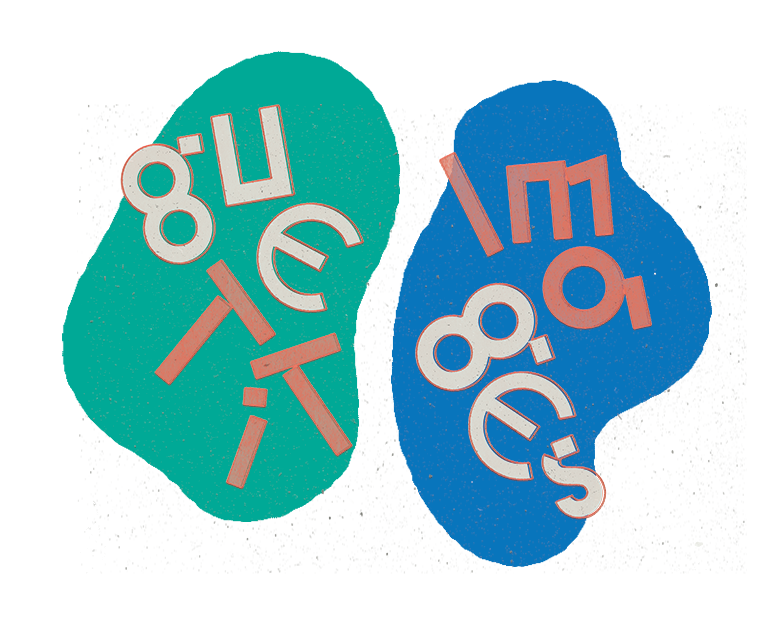Project Overview
The challenge: Create a simple and accessible tool to simulate and compare fixed-income products with clear expectations regarding profitability, timelines, and liquidity.
The context: Investors struggled with opaque simulations, generic data, and no way to compare products, leading to hesitation and reliance on advisors for basic queries.
The approach: I applied the Double Diamond methodology to guide the product discovery and validation process, ensuring a user-centered solution. Prioritising transparency, we focused on clearly displaying net returns, tax implications, and liquidity terms, while enabling easy product comparison. Through close collaboration with Data Science, we successfully integrated predictive profitability models into the interface without compromising usability, balancing technical complexity with intuitive design.
My role: As the lead designer, I spearheaded user research through interviews and competitive benchmarking to identify key pain points. I owned the end-to-end design process, from initial wireframes to high-fidelity prototypes that brought the calculator to life. My work facilitated crucial technical collaboration, particularly around API integration and Design System compliance, while also establishing analytics frameworks to track key metrics like simulation usage, comparison behaviour, and NPS scores.
The Problem
Fixed-income product analysis is one of the biggest barriers for beginner investors:
Key findings:
Lack of clarity on real profitability and taxes
Generic, hard-to-understand simulations
Near-impossible product comparisons
Need to know "how much I’ll earn and if I can withdraw early"
Discovery & Research
Applied the Double Diamond model with a user-centric approach.
🔍 Activities
•Functional and visual benchmarking (iDinheiro, InvestNews, Nerd Wallet, HSBC, Aviva)
Journey mapping and goal analysis of interviewed profiles (see attached user quotes)
Design Critique sessions with Itaú stakeholders and advisors
Alignment with Data Science to understand predictive models
Scope Definition and Development
Three MVP Pillars:
• Transparent net return simulation
• Product comparison
• Easy data input
Tools and Deliverables:
• Effort vs. Impact prioritization matrix
• Use case flows in Figjam
• Low-fi wireframes for ideation with Tech Lead
💡 Prototyping & Iteration in Figma:
• High-fidelity prototypes with dynamic simulation
• User testing (clients & advisors): clarity, readability, understanding of three scenarios (pessimistic, neutral, optimistic)
Features included based on testing:
• Tooltips with glossary terms
• Dynamic suggestions based on past simulations
• Visual product comparator
Delivery & Implementation
💻 Implementation steps:
• Back-end data and architecture from Vitrine Experiência (Itaú)
• Profitability API integration with three projections (medium, optimistic and pessimistic)
• Consistency with IF’s Design System
📈 Metrics:
• Analytics tracking: simulations run, products compared, value inputs, tooltips clicked, conversions (íon, leads)
• Integration with IF’s content journeys
Results
• NPS survey conducted between September and December 2024 achieved a score of 89
• 273,000 users and 710,000 simulations in 2024, exceeding initial targets of 200,000 users and 400,000 simulations
• 98.7% engagement rate, surpassing the site average of 81.6%
• Data granularity provided more insights for investment advisors - for example: revealed user preference for CDBs and post-fixed returns, with low interest in IPCA-linked products. These behavioral insights helped generate more business opportunities.
• The introduction of ETFs created new engagement benchmarks for sophisticated products: by identifying users who simulated these products, we could re-engage them with ebook offers, video masterclasses with Itaú Asset, and targeted CRM campaigns.
Key Learnings
• Active stakeholder listening and continuous follow-up during discovery improves scope definition
• Practical testing reveals what actually works and what needs to be included
• Partnering with tech from the beginning ensures feasibility
Thank you!


